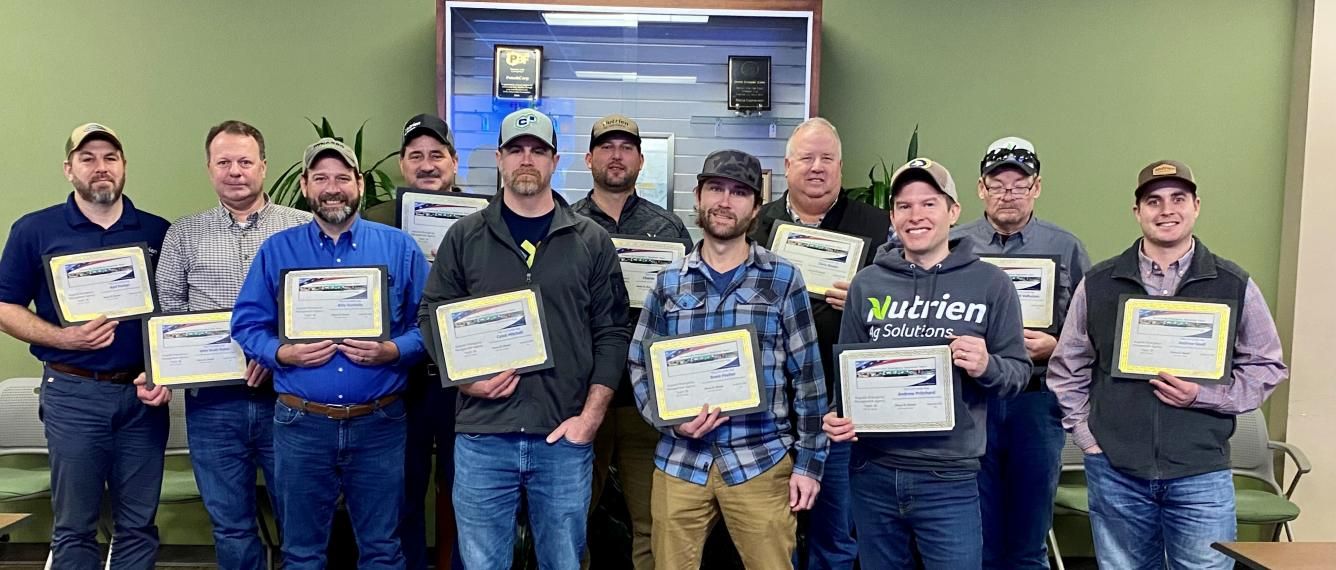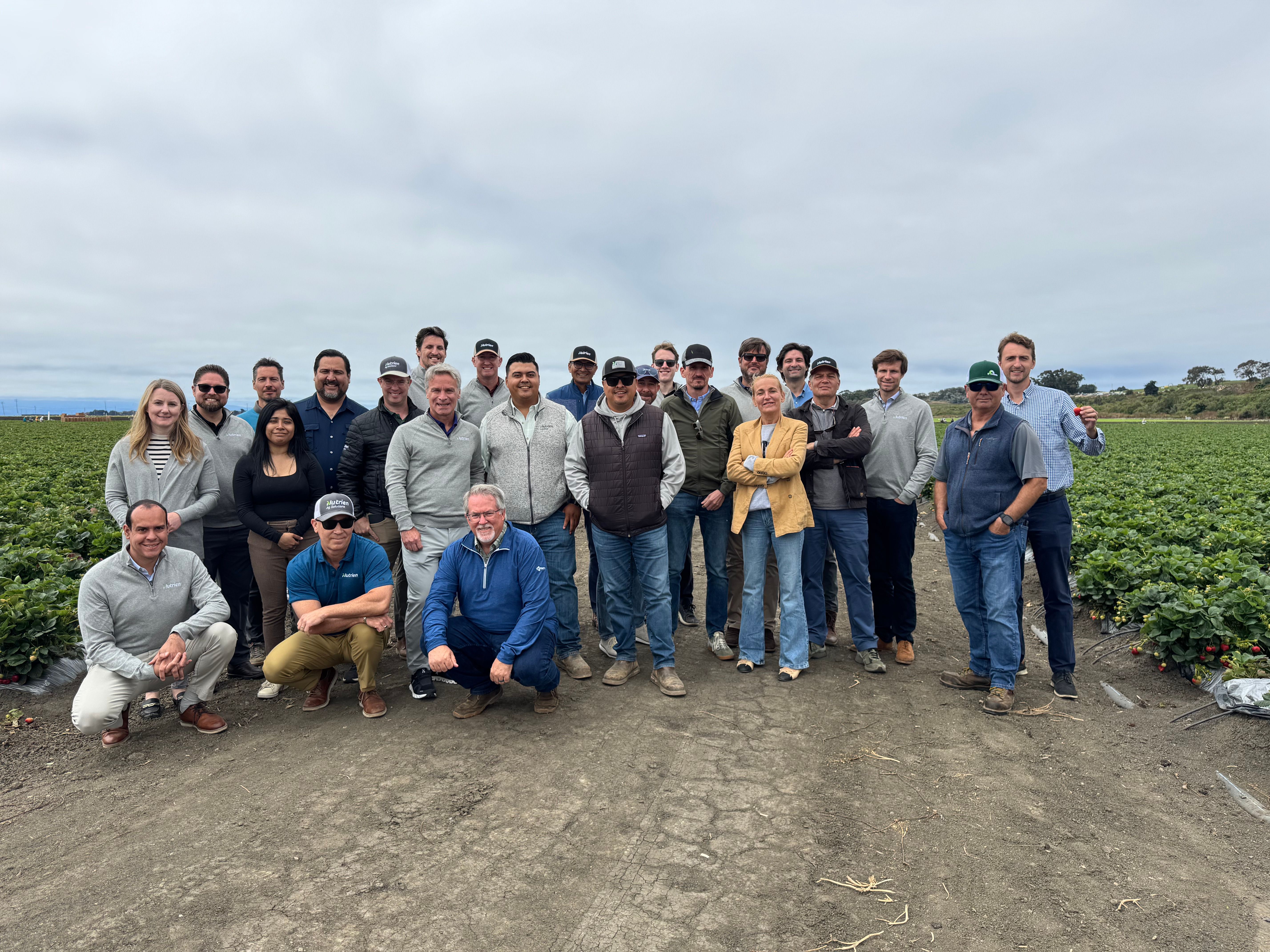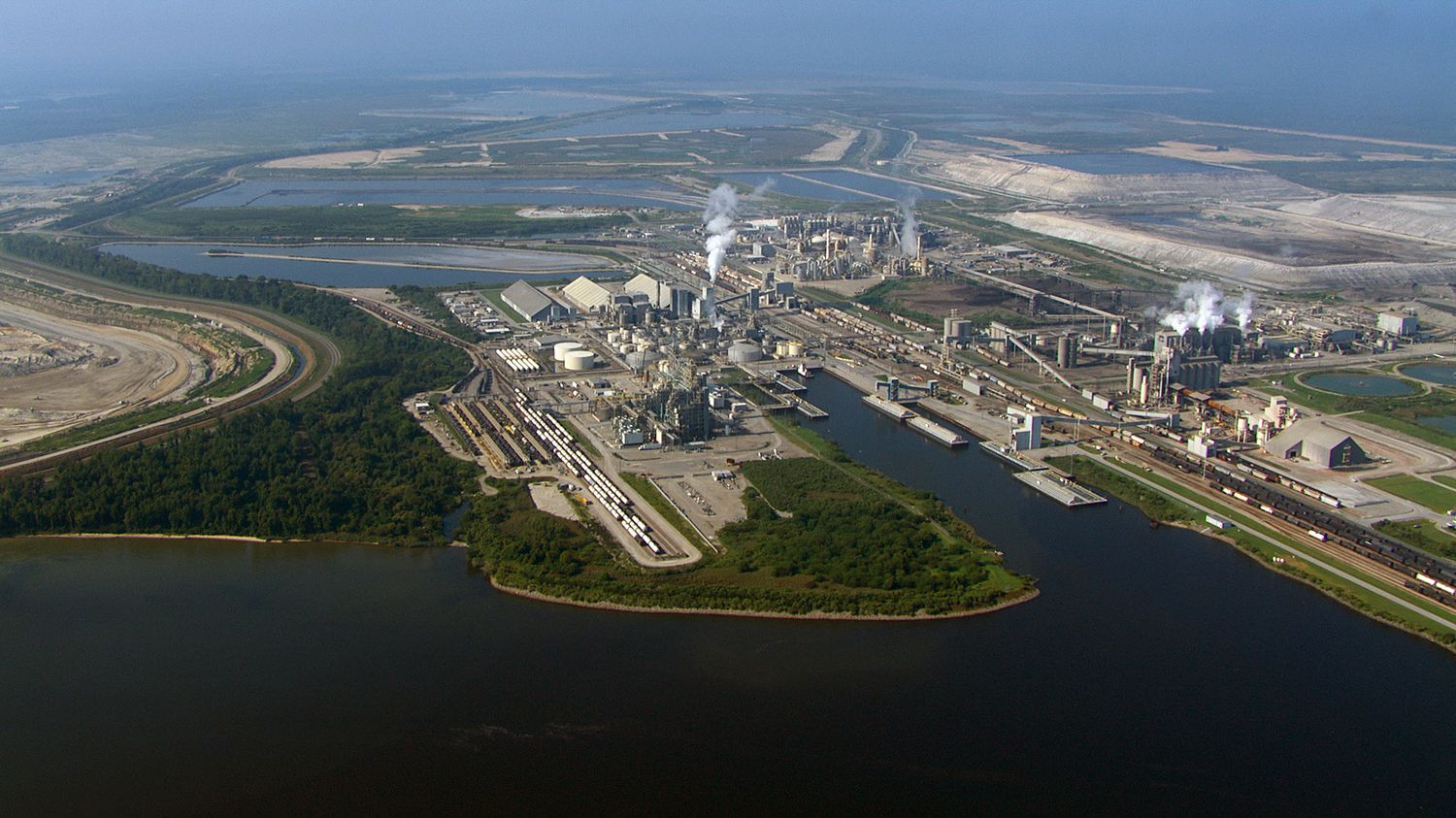
Keeping everyone safe and sound when severe weather strikes
The occurrences of severe weather have increased over the past few years alongside the presence of a rare three-year La Nina climate pattern. As a result, Nutrien Ag Solutions employees across North America found themselves at risk for severe weather threats more often than in decades past.
For Andrew Pritchard, Senior Meteorologist with Nutrien’s Agronomy and Environmental Science team, severe weather is an area of his job that he is extremely passionate about, to the point where he has become a local resource in his home state of Illinois when it comes to disruptive weather. However, it was an on-the-ground encounter that inspired him to propose the idea of taking Nutrien’s severe weather approach to the next level.
“The costliest thunderstorm in US history hit parts of Iowa and Illinois in August 2020. I was in the area when the storm hit and came across a large farm in Dwight, IL that sustained a ton of damage. I stopped to make sure everyone was okay, and it turned out they were a Nutrien customer,” says Andrew. “They had no idea what was happening and had workers on site running for shelter as buildings were coming apart. It struck me that I had the data prior to the storm hitting and that if I could have warned them and had a way to funnel an update to Nutrien folks in that area, then maybe things would have turned out differently for them and others impacted.”
After a rough outbreak of tornadoes in December 2021, the Nutrien Ag Solutions leadership team pulled Andrew and Brent Fischer, Senior Manager of Technical Training for Safety and Health for Retail, together to form a Severe Weather Response Team.
Sounding the alarm
By the spring of 2022, Andrew and Brent’s program began to ramp up. The first task was to figure out how to warn branch employees about incoming severe weather. Eventually, the team would like to set up a program where employees within a certain radius of a branch impacted by severe weather would receive a text-alert on their phone.
The intention of the program would not be to replace critical warning information from the National Weather Service but to provide additional context on timing and impacts expected from location to location in the hours before severe weather becomes a threat.
For now, Brent and Andrew are leveraging Nutrien’s network of 50 Safety, Health, and Environment (SHE) Advisors. When Andrew sees that a severe weather event is heading toward a branch’s area, he contacts the SHE Advisor responsible for the division the branch is part of. From there, SHE Advisors send messages out to branch managers and employees in the impacted areas.
The team has already been able to test this alert system method for a flash freeze warning in California and for Hurricane Ian in Florida. Andrew sent a message out to the SHE advisor for the area impacted by the events with information about what to expect and how to prepare.
To decide which weather circumstances to pilot their alert system with, Andrew and Brent looked at the top three severe weather events that affect US Nutrien Ag Solutions branches most often: tornadoes, hurricanes, and wildfires.
For each event, the team is also providing education to help branches make plans in case severe weather strikes. This includes making magnets outlining steps to take when tornado sirens go off, providing materials for tailgate talks for branch managers to discuss safety plans with their teams, and making instructional videos that can be used as safety shares.
Help is on the way
But alerting employees about severe weather threats is just the beginning. The team plans to develop a response program to impacted areas to make sure everyone is safe and accounted for. They also have plans to assemble emergency response teams to bring resources to branches in need after a disaster.
The first part of the response plan is to have a way to reach employees.
“We realized that we didn’t know where our people lived and how to get ahold of them to make sure they were safe. We have 1,200 facilities spread throughout North America and we don’t know if someone lives two or 20 miles from a facility,” says Brent. “One of the focuses of this project was to figure out how to seek out our employees to make sure that they’re safe and getting the assistance they need.”
Part 2 of the plan is to have teams of Nutrien employees trained to provide resources and response when severe weather strikes. To work towards the goal of deploying a disaster response team, 11 Nutrien employees participated in the Federal Emergency Management Agency’s (FEMA) Community Emergency Response Team (CERT) Program.
The group spent three days learning about how to respond to emergency situations. They learned about topics including disaster preparation, medical operations, disaster psychology, fire safety and utility controls, light search and rescue, and terrorism.
Future of the program
Once the program has been firmly established for Nutrien employees, Andrew and Brent hope to be able to expand the program to include growers and customers in the alerts so that we can truly make sure that everyone in the Nutrien family is safe.
“It’s been really cool to see channels of communication open up with the facilities where we can all work together and make a cohesive plan for all stages of a severe weather event from preparation to after the system has moved through and folks are looking to move forward in recovery,” says Andrew. “We’re excited to continue to grow these channels of communication so our team can be a trusted resource for employees to turn to when they have questions about the weather or natural events that are going to impact their area.”
Related stories


